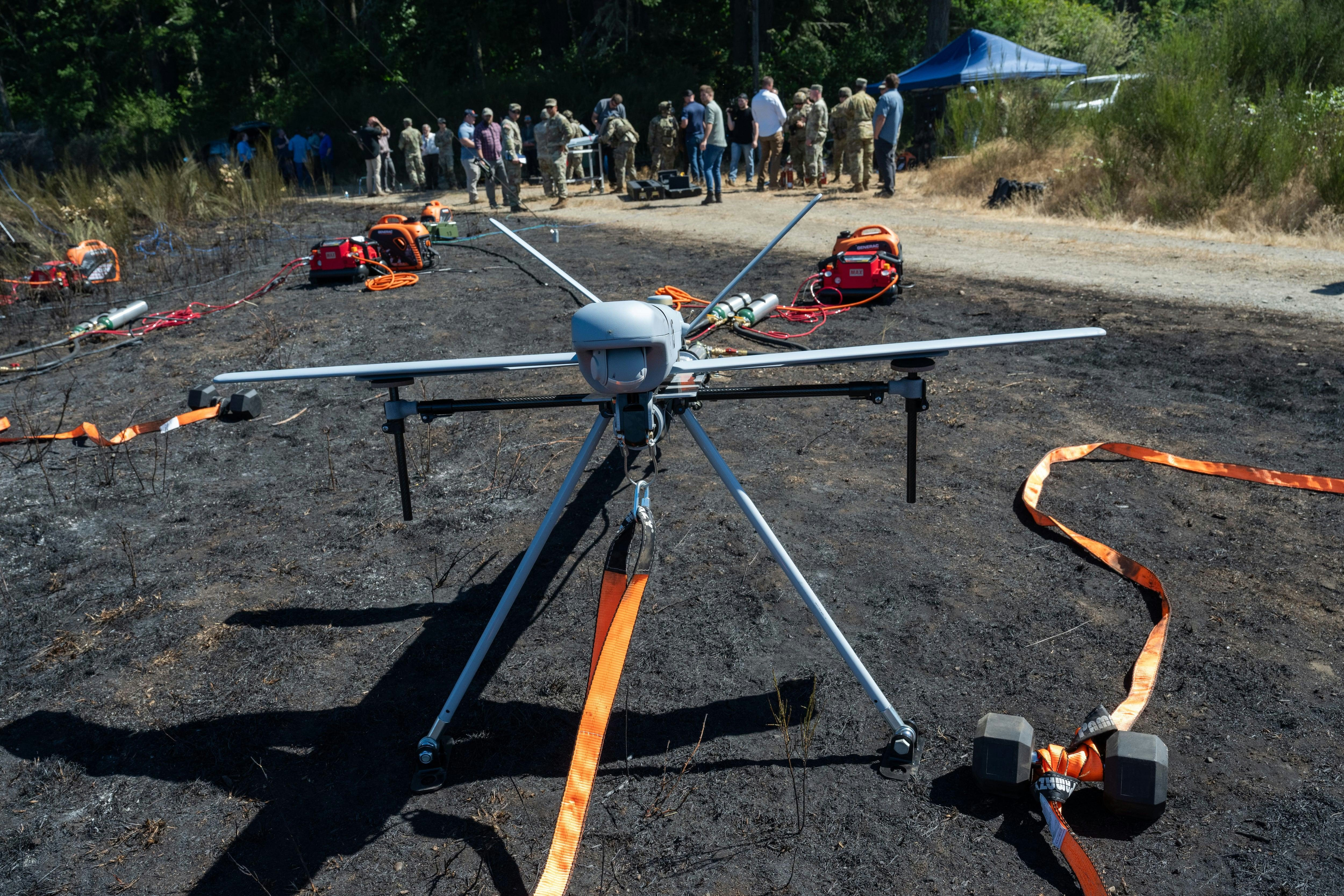
AeroGenie — Your Intelligent Copilot.
Trending
Categories
HAL to Develop Narrow-Body Aircraft with United Aircraft Corporation
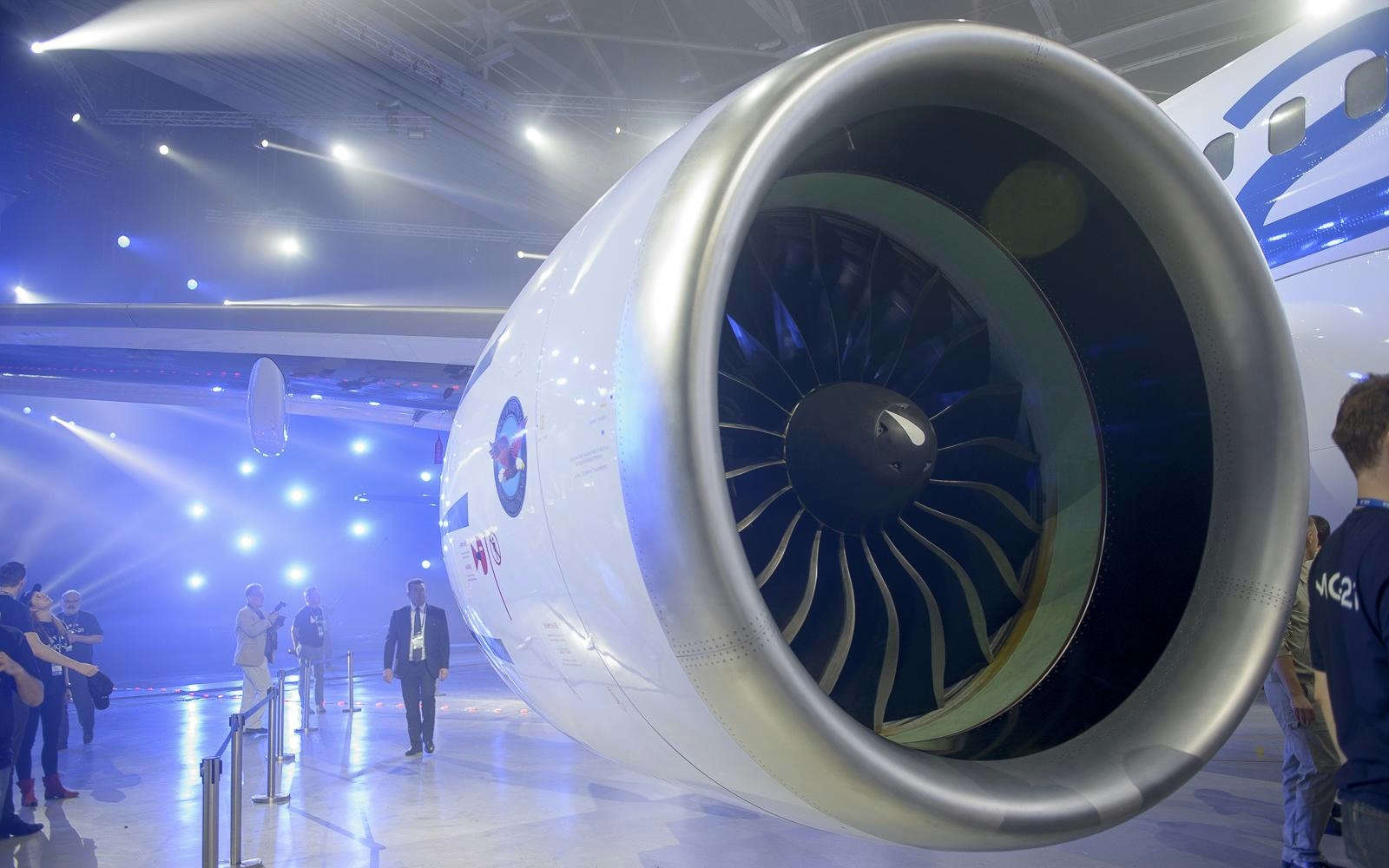
HAL and United Aircraft Corporation Collaborate on Narrow-Body Aircraft Production
Hindustan Aeronautics Ltd. (HAL) has entered into a memorandum of understanding with Russia’s United Aircraft Corporation (UAC) to jointly manufacture a twin-engine, narrow-body passenger aircraft. The agreement, signed in Moscow in the presence of senior executives from both companies, marks a significant milestone in India’s ambitions to develop its civil aviation manufacturing capabilities. Under this partnership, the Superjet-100 (SJ-100) aircraft will be produced domestically in India.
The Superjet-100 and Its Potential Impact
The Superjet-100, which has seen over 200 units produced and is operated by more than 16 commercial airlines worldwide, is positioned by HAL as a potential “game changer” for enhancing short-haul connectivity within India’s UDAN regional connectivity scheme. The collaboration grants HAL the rights to manufacture the SJ-100 for the domestic market, potentially making it the first fully assembled passenger aircraft produced in India since the company’s work on the UK-developed Hawker Siddeley HS 748, which ceased in 1988. The aircraft is powered by two SaM146 turbofan engines and can accommodate up to 103 passengers, according to UAC.
Challenges and Competitive Landscape
Despite the promising prospects, the joint venture faces several challenges. Both companies must navigate complex certification processes and ensure technological compatibility between Russian and Indian aviation systems. The intricacies of international joint production add further complexity. Market skepticism remains, particularly given the history of a previous HAL-UAC joint venture that ended in 2015. Additionally, the partnership unfolds amid ongoing Western sanctions on Russia’s aviation sector, which have limited access to aircraft components, financing, and technology since the outbreak of the Ukraine conflict.
Industry analysts anticipate intensified competition from established aerospace giants such as Boeing and Airbus, which continue to leverage their technological expertise and strong market presence in India. Meanwhile, UAC has signaled broader ambitions by patenting a new widebody aircraft intended to rival the Boeing 787 Dreamliner, underscoring its intent to expand its footprint in the global aviation market.
As HAL and UAC advance the SJ-100 project, the venture’s success will hinge on overcoming regulatory, technical, and market acceptance challenges, while effectively countering competitive pressures from established global manufacturers.

United Airlines Flight Returns to Dulles After Engine Failure on Takeoff

United Airlines flight makes emergency landing at Dulles after engine failure

The Impact of the New Air Force One’s Delayed 2028 Arrival on Aviation and Travel

United Airlines Restarts Controversial AI Scheduling for Flight Attendants
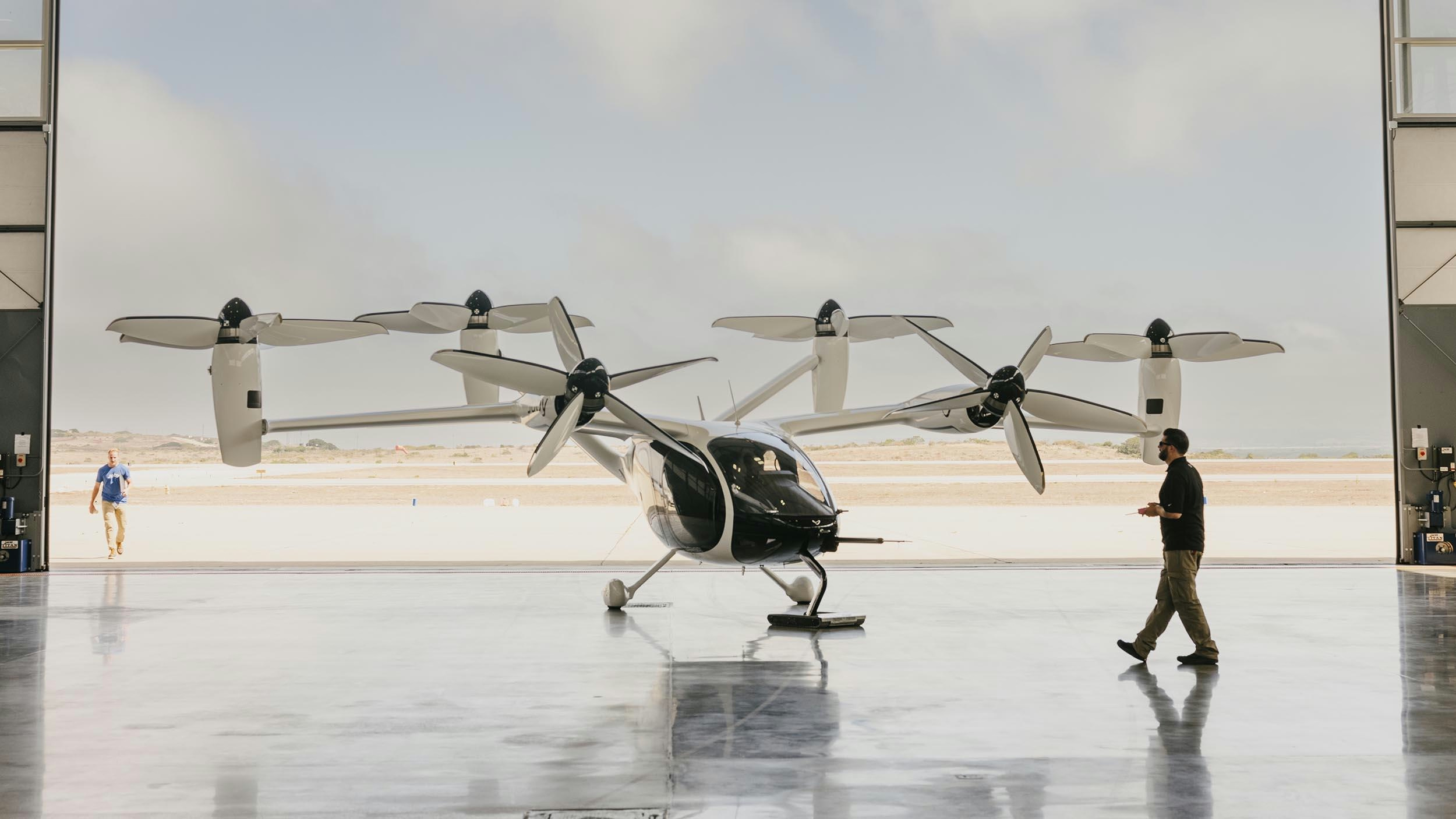
Joby Aviation’s Air Taxis Poised to Change Urban Travel and Tourism
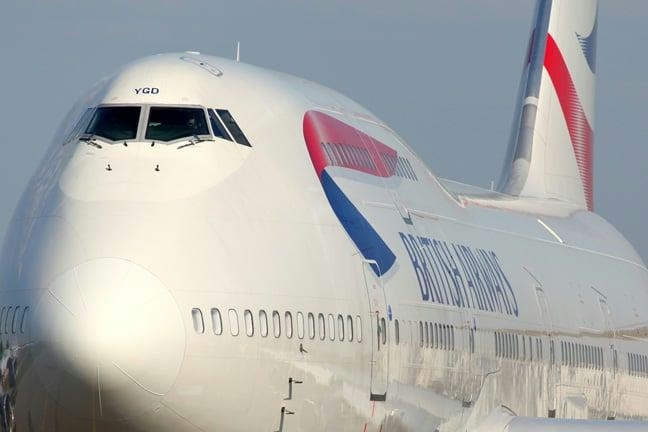
BA Chief Warns AI Agents May Diminish Brand Visibility
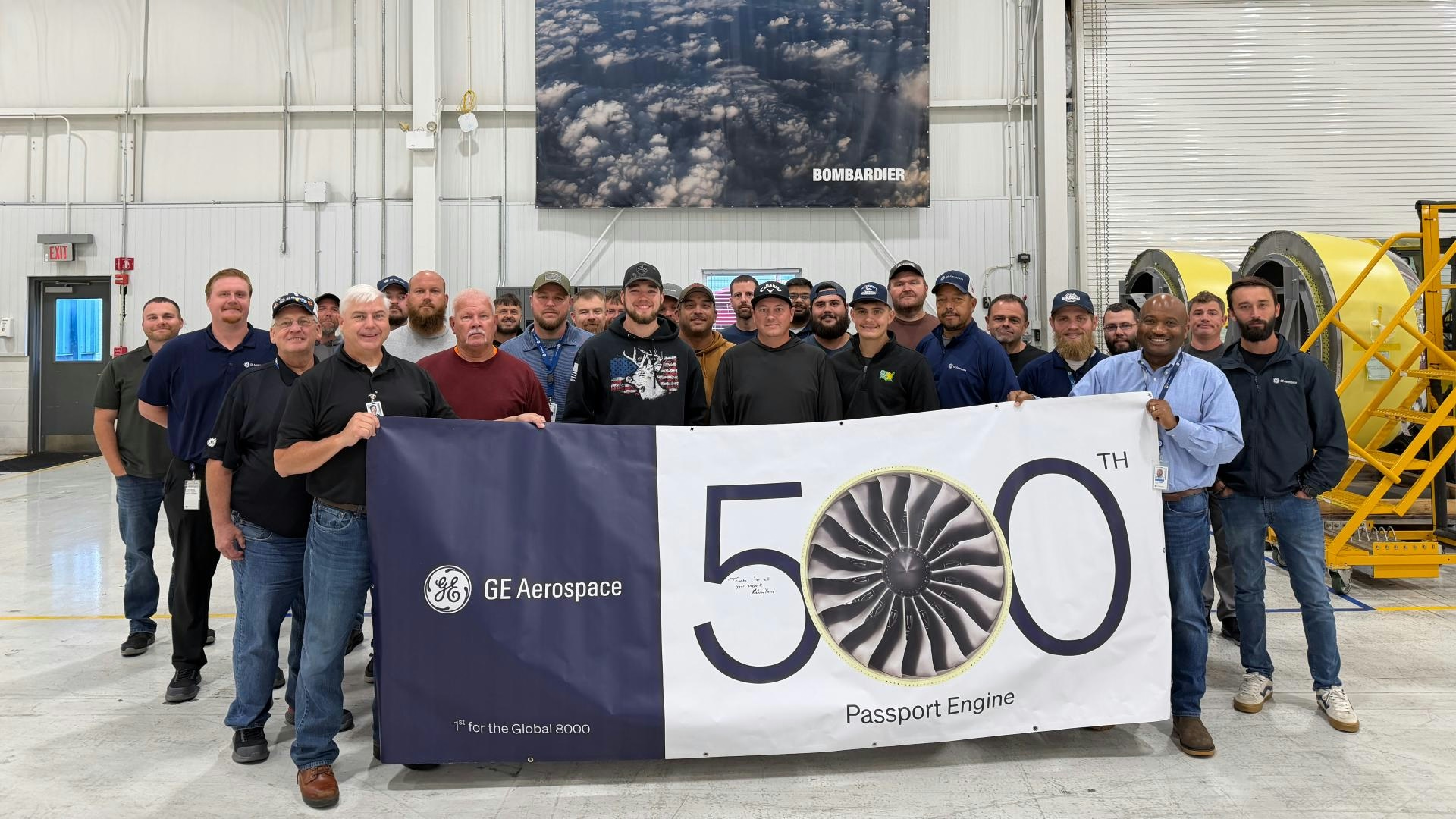
How GE Is Meeting Global Jet Engine Demand

IATA Projects Airline Profits of $41 Billion in 2026
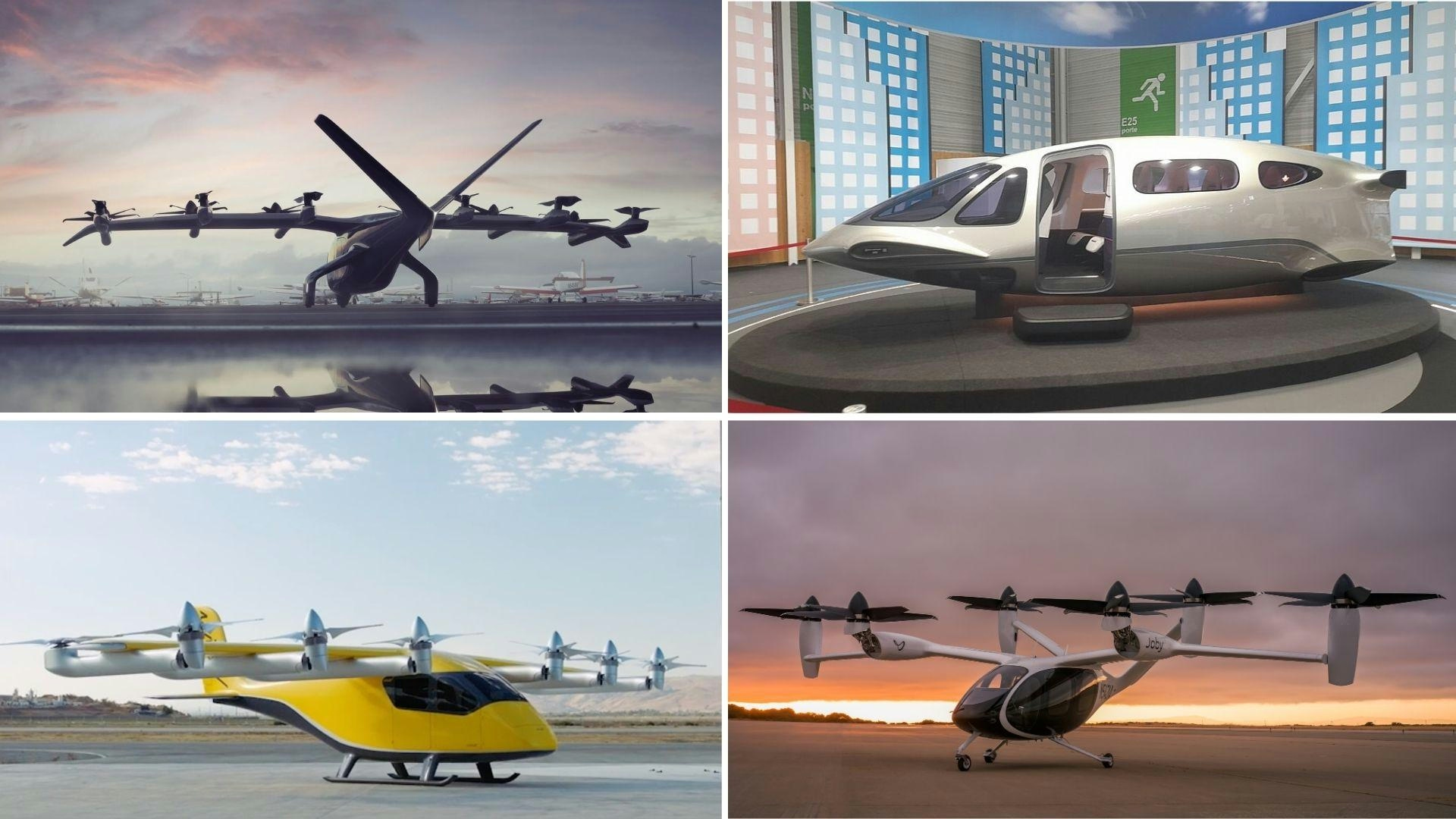
Five Air Taxis Poised to Shape Urban Mobility by 2026
